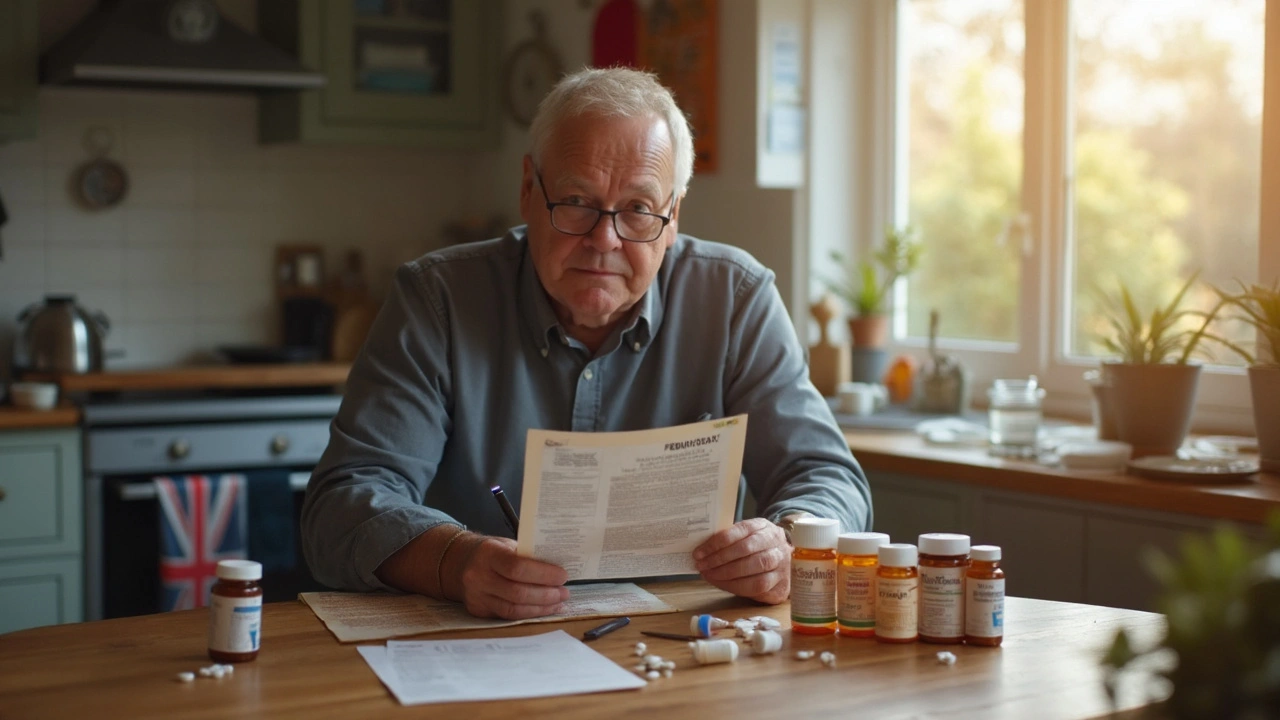Febuxostat safety: what to know before you start
Here’s a straight answer: febuxostat can control uric acid well, but it comes with safety trade-offs you should know about. In 2019 regulators added a warning after a big trial found higher heart-related deaths versus allopurinol in people with existing cardiovascular disease. That doesn’t mean no one should take it, but it does mean you should be careful and talk with your doctor about risks and alternatives.
What febuxostat does and why safety matters
Febuxostat (sold as Uloric in many places) blocks xanthine oxidase to lower uric acid, so it helps prevent gout attacks and long-term joint damage. Doctors often reach for it when allopurinol doesn’t work or causes bad reactions. But the big safety concern is cardiovascular risk in people who already have heart disease, plus potential liver problems and drug interactions. Knowing those points helps you use it more safely.
Simple safety steps you can take
Start with a clear baseline. Before starting febuxostat, get tests for liver enzymes, kidney function, and a uric acid level. Tell your clinician if you have heart disease, a stroke history, or uncontrolled blood pressure. If you do have heart problems, your doctor may prefer allopurinol or consider other options unless febuxostat is clearly needed.
Watch for symptoms: new chest pain, shortness of breath, sudden swelling, fainting, or palpitations need immediate attention. Also report jaundice, dark urine, itchy skin, or a rash—these can signal liver injury or a hypersensitivity reaction. If you notice severe reactions, stop the drug and call your provider.
Expect gout flares early on. Starting uric-acid‑lowering therapy can trigger flares during the first months. Doctors usually give short-term flare prevention with colchicine or an NSAID for 3–6 months while uric acid comes down. Don’t stop anti-flare meds without checking with your provider.
Know common interactions and limits. Avoid combining febuxostat with azathioprine or mercaptopurine—these can become toxic together. Tell your doctor about all prescription and over‑the‑counter meds, herbs, and supplements. Febuxostat is processed in the liver, so severe liver disease may change how it’s used.
Dosing is straightforward: many people start at 40 mg daily, and the doctor may raise it to 80 mg if uric acid targets aren’t met. Targets are usually a uric acid level under 6 mg/dL, but your clinician will set the right goal for you.
Bottom line: febuxostat can be a good choice when allopurinol isn’t an option, but it needs careful review for heart disease, liver issues, and interacting drugs. Ask your doctor about your individual risks, get baseline tests, use gout‑flare prevention, and report any worrying symptoms right away.

Febuxostat Drug Interactions: Safe Use and Medication Combinations
Mixing febuxostat with other drugs can get complicated fast, especially for gout patients who often take multiple meds. This article breaks down how febuxostat interacts with common prescriptions and over-the-counter drugs, sharing data, examples, and tips for safer combos. Learn what to avoid, what to watch for, and how to talk with your doctor about combining medications effectively. Stay informed and take control of your gout treatment by understanding these crucial details. Anyone who takes febuxostat—or cares for someone who does—will get practical, easy-to-understand advice here.
Read More